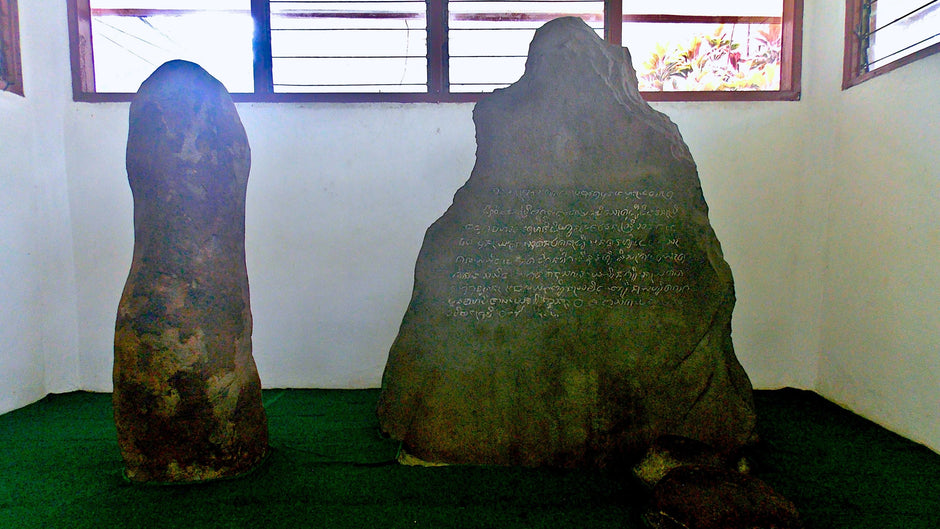The balalaika and the gusli are two traditional stringed instruments that reflect the richness of Russian culture. The balalaika, triangular in shape and with three strings, was first mentioned in Russian archives in the 17th century. Initially, it was played by street performers and considered a simple instrument. However, thanks to the innovations of Vasily Andreyev in the late 19th century, the balalaika underwent a major transformation. He created an orchestral version of the instrument, refined its design, and developed a formal teaching method that brought the balalaika to the professional music scene.
 (1) Photo of Balalaika Instrument by Miloš Jurišić , CC BY-SA 3.0 . (2) Photo of Vasily Andreyev (1880), (3) Photo of Balalaika Instrument by h Cullen328 , CC BY-SA 4.0
(1) Photo of Balalaika Instrument by Miloš Jurišić , CC BY-SA 3.0 . (2) Photo of Vasily Andreyev (1880), (3) Photo of Balalaika Instrument by h Cullen328 , CC BY-SA 4.0
This instrument has a unique, fast, and rhythmic sound. With its distinctive string tuning, the balalaika produces an instantly recognizable sound and is well-suited to both folk music and theatrical performances. Andreyev's success led to the balalaika becoming part of the music school curriculum in Russia, and it is still widely taught in various institutions.
 (1) Photo of Balalaika Instrument by Luna04 , CC BY-SA 3.0 , (2) Photo of a Child Playing Balalaika by Dmitry Makeev , CC BY-SA 4.0
(1) Photo of Balalaika Instrument by Luna04 , CC BY-SA 3.0 , (2) Photo of a Child Playing Balalaika by Dmitry Makeev , CC BY-SA 4.0
On the other hand, the gusli is considered the oldest stringed instrument in Russia. Its shape resembles a flat zither with parallel strings that produce a soft, harmonious sound. The gusli has been known since the 6th century and was used by storytellers and musicians in Slavic folk tales. Gusli styles range from winged and helmet-shaped to modern versions with keyboards, each creating a unique musical experience, both in personal settings and in group performances.
 (1) Photo of Gusli Instrument by Andreykor , CC BY-SA 4.0 , (2) Photo of Musician Playing Gusli by Dorokhov Kirill , CC BY-SA 4.0
(1) Photo of Gusli Instrument by Andreykor , CC BY-SA 4.0 , (2) Photo of Musician Playing Gusli by Dorokhov Kirill , CC BY-SA 4.0
Over time, despite being forgotten, the gusli has regained popularity. Many regional music schools, artist groups, and traditional instrument makers in Russia are working to preserve the gusli through teaching and cultural performances. Both the balalaika and the gusli are not merely symbols of the past, but live on as part of Russia's national musical identity. Both teach the importance of preserving cultural heritage through education, innovation, and dedication across generations.
 (1) Photo of Musician Playing Gusli by Лобачев Владимир , CC BY-SA 3.0 , (2) Photo of Balalaika Instrument
(1) Photo of Musician Playing Gusli by Лобачев Владимир , CC BY-SA 3.0 , (2) Photo of Balalaika Instrument
Written by: Noverdy R
Reference:
- The Editors of Encyclopaedia Britannica. “Balalaika: History, Characteristics & Facts.” Encyclopaedia Britannica.
- Barynya Russian Ensemble. “History of the Russian Balalaika.” Barynya.com.
- “Gusli: Description, History, Varieties.” Digital-School.net.








